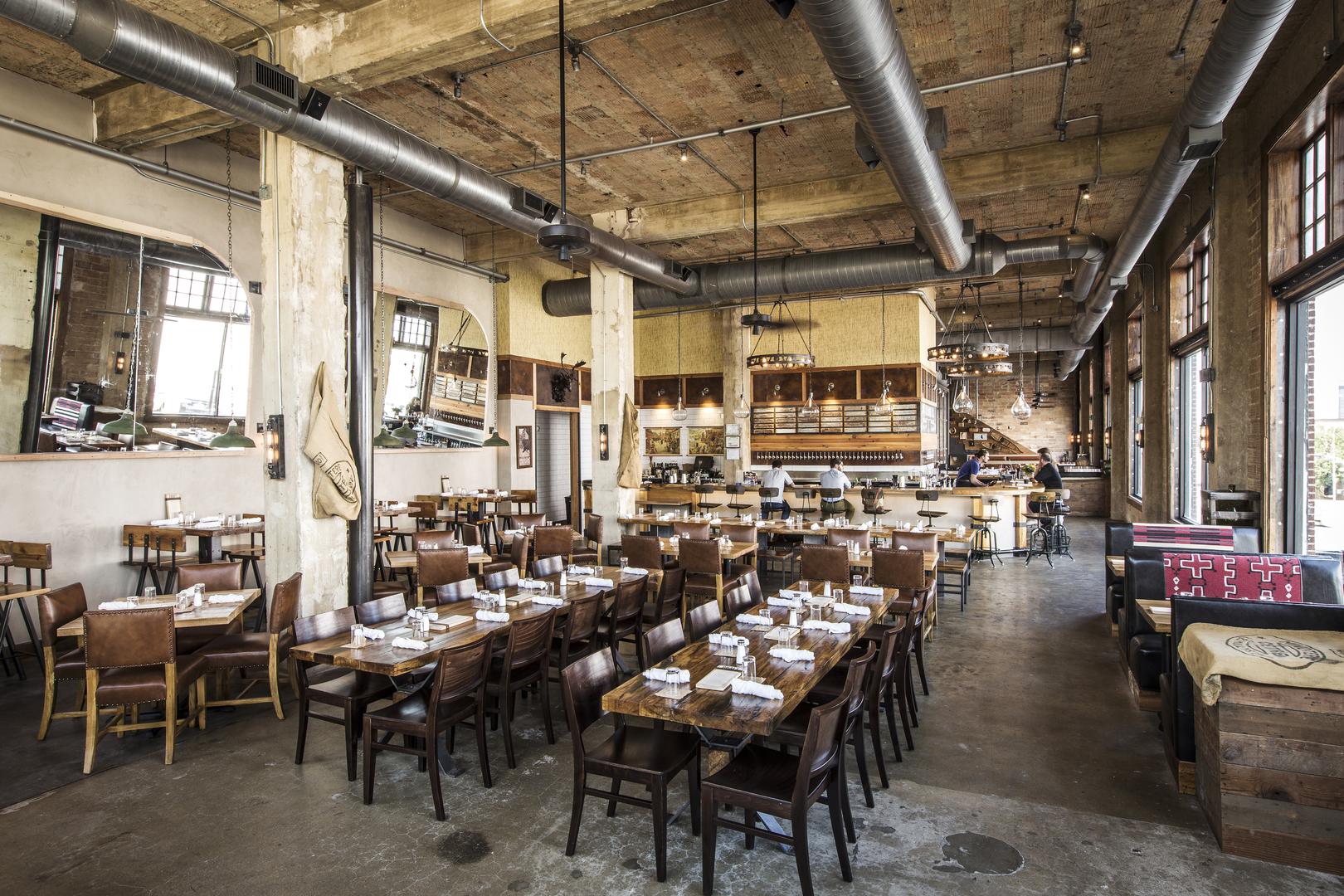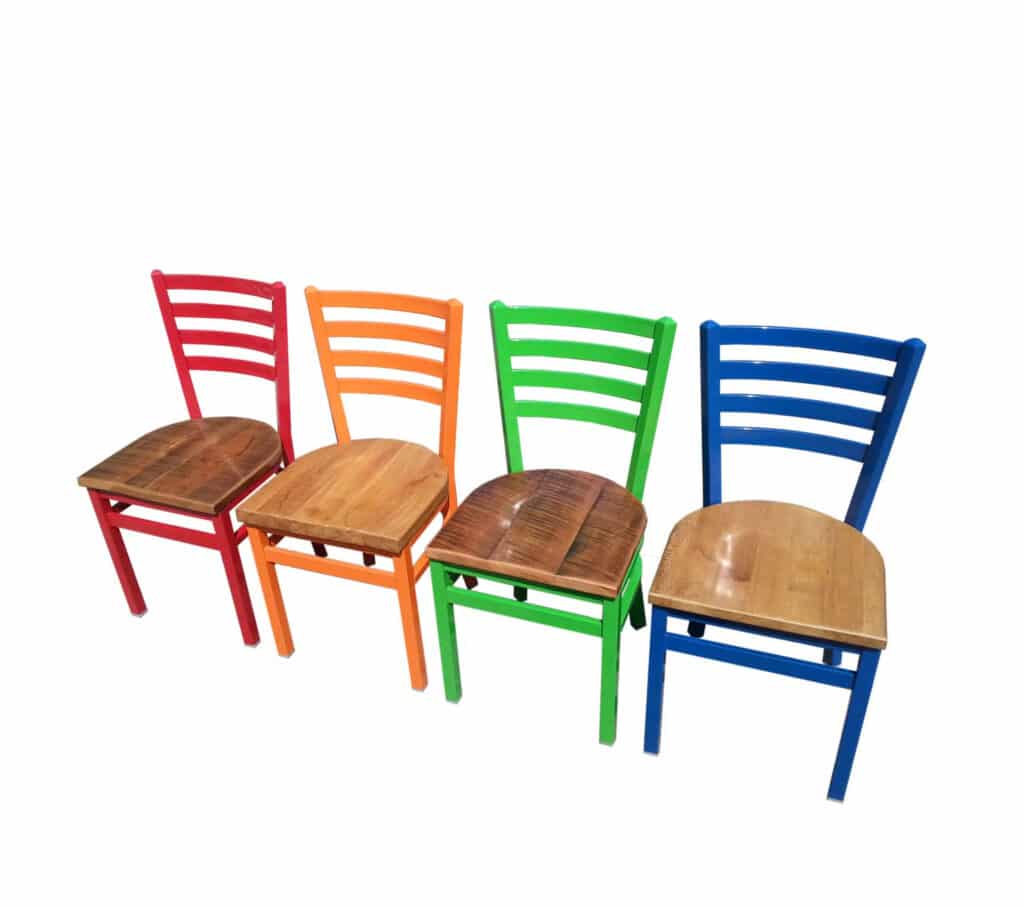Maximize Square Footage with Communal Seating

Maximize Square Footage with Communal Seating
Have you ever gone into a restaurant and become frustrated when there was a wait because you see so many empty seats? The problem with these empty seats is that they are attached to tables where people are already seated. The majority of restaurants have tables that are built for four or six. However, not all parties are four or six.
Communal seating has become a popular way of maximizing square footage. Instead of filling your restaurant with a bunch of four tops and six tops, you can get more creative. Builders construct communal tables to accommodate seating for anywhere between eight and 16 people. This allows you to gather your guests in a family-style setting.
The benefit of such seating is that there are no empty seats. You would be able to fill up every seat at a table, regardless of whether a party comes in for three, four, five, seven, or more. You simply allow everybody to make themselves comfortable at the communal table – and you will be able to fit more bodies into the restaurant.
Communal seating has become one of the top trends across the United States. It is not a new phenomenon, though it is in the United States. Throughout history, people have seen such seating. During the French Revolution, there were large tables with a fixed-price menu. In 18th century England, there were public houses that had gathering tables for shared meals. In Germany, there are many beer gardens that feature large tables for people to sit at as well.
Based on the fire code, the fire code allows you a certain number of seats. The fire commissioner informs you about the maximum occupancy of your restaurant from the very beginning of your concept. You should build your dining room according to the maximum occupancy limit set by the fire commissioner. If you know that the maximum occupancy is 120, then you must build your dining room to accommodate a maximum of 120 people. This may be 30 tables of four, or a combination of a few larger tables in order to be able to seat six or eight.
The problem is that you never truly reach 120, because not all parties come in based upon your table allowances. You may sit a party of two at a table of four and a party of four at a table that can sit as many as eight. You are unable to reach your maximum allowance because of the seating arrangements – and you don’t have any more room for tables.
Take advantage of large tables, which can be built from refurbished wood. With this, you can sit many more people within your restaurant. And still have the open floor plan that you greatly desire. You don’t have to fill your entire restaurant as a communal style. But you may want to have several large tables where people can simply go in and sit themselves. Many people are excited about sitting at a community table where they can make new friends, and it is gaining popularity.

